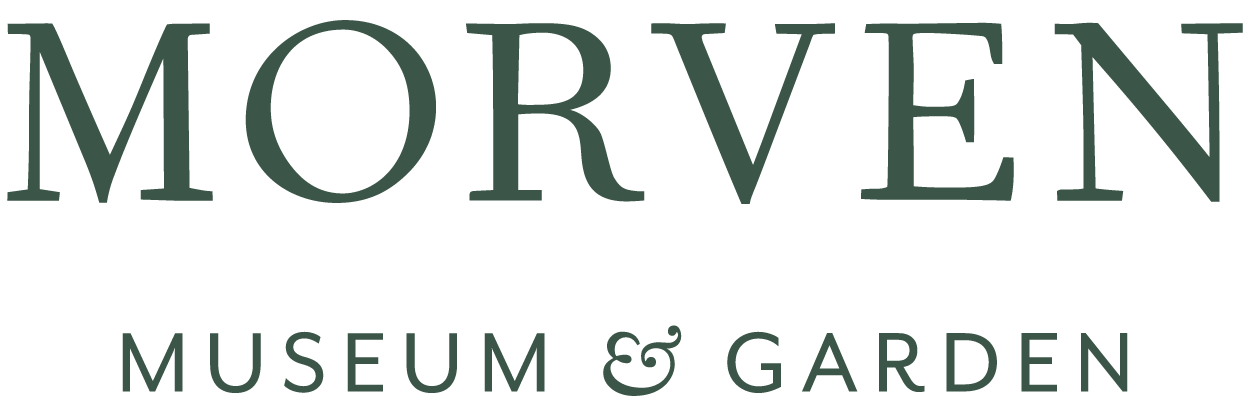"An east prospect of the city of Philadelphia," 1756. The Miriam and Ira D. Wallach Division of Art, Prints and Photographs: Print Collection, The New York Public Library. The New York Public Library Digital Collections. This view shows the Philadelphia that Marcus made his way in as a freeman and mariner. City directories show him living on Spruce Street and Fifth Street. Click on the image to zoom in on his address on the map.
Marcus Marsh
Marcus Marsh was born into slavery at Morven on April 1, 1765. It appears that his mother either died shortly thereafter or was sold, as Annis served as Marcus’ wet nurse.
Upon her husband’s death in 1781, Annis freed Marcus, and he went to live and work with her daughter Julia and son-in-law Benjamin Rush. Marcus worked alongside Dr. Rush as he battled the yellow fever epidemic in Philadelphia—staying by Rush’s side when the doctor himself took ill. Rush wrote of Marcus, “I cannot tell you how much we all owe to Marcus. His integrity, industry, and fidelity deserve great praise.”
Record of Manumission of Marcus Marsh, 1798. Collection of the National Archives, Proofs of Citizenship Used to Apply for Seamen’s Certificates for the Port of Philadelphia, Pennsylvania.
This document was filed by Marcus Marsh when he applied for a Seamen’s Certificate for the Port of Philadelphia. It reads: “This is to certify that Marcus March the bearer of this, was born in Princeton in the State of New Jersey the first day of April 1765 in the family of Richard Stockton Esquire and since the decease of the said Richard Stockton the said Marcus has recieved [sic] his freedom from the widow of Richard Stockton who to this testimony sets her hand. [signed] Annis Stockton Philadelphia March the 2d 1798.” The type of certificate Marsh was applying for had been created by Congress to protect sailors from being impressed by the British Navy. For African Americans, the certificate served as a way to officially document their freedom, and was kept on their person at all times.
In 1793, Annis wrote to Rush, “I can not close this letter without saying a word about my poor Marcus—I can not express to you [what] I felt when I read what you have said of the poor fellow in several of your letters, when I think of the poor fellow having numberless times sucked at my breast, and of my having brought him up almost as my own son, that he should have been made an instrument of comfort to my dear Doctor Rush and of good to any of his fellow creatures, I can not help being truly thankful—I will write to him by the first private opportunity.”
Portrait of Dr. Benjamin Rush, 1783–1786. Charles Willson Peale (1741–1827). Collection of the Winterthur Museum. Gift of Mrs. Julia B. Henry, 1959.160.
Portrait of Julia Stockton Rush (Mrs. Benjamin Rush), 1776. Charles Willson Peale (1741–1827). Collection of the Winterthur Museum. Gift of Mrs. Julia B. Henry, 1960.392.
It is clear that Marcus could read and write, but no letters of his survive. As such, Marcus’ feelings on his relationship with Annis—the woman who both nursed and enslaved him—are unknown.
Marcus received his Seamen’s Certificate for the Port of Philadelphia and appears to have been working on a riverboat. That same year Julia Rush wrote that she needed a new cook in a pinch and “luckily got Marcus who was out of employ on account of the river freezing.”
“View in Third Street, from Spruce Street Philadelphia," 1800. The New York Public Library Digital Collections. The Miriam and Ira D. Wallach Division of Art, Prints and Photographs: Print Collection, The New York Public Library. Benjamin and Julia Rush lived at the other end of this street on Walnut & Third.
"To the mayor recorder aldermen common council and freemen of Philadelphia this plan of the improved part of the city....," 1762. The Miriam and Ira D. Wallach Division of Art, Prints and Photographs: Print Collection, The New York Public Library. "The New York Public Library Digital Collections. 1762-11-11. The circles on the map indicate where Marcus and the Rush’s lived in Philadelphia. They only lived a few blocks apart and were within walking distance from each other.








